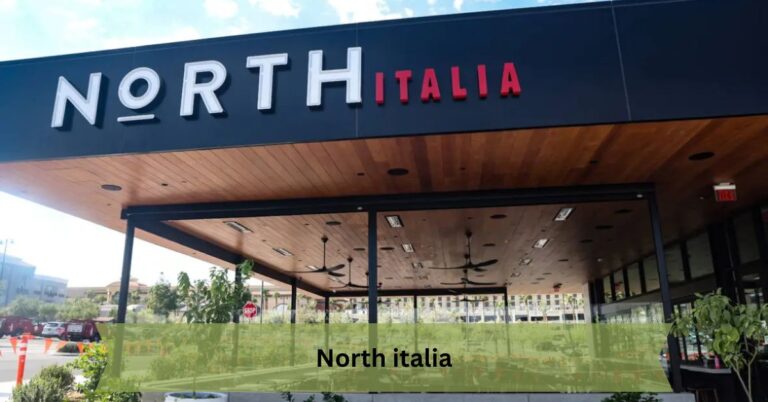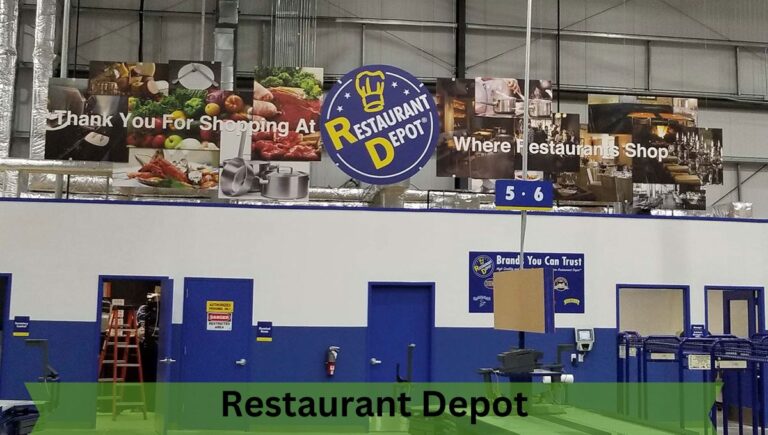Business Development: Strategies for Sustainable Growth
Business development is integral to the long-term success and expansion of any organization. It involves strategic initiatives aimed at creating and capturing new business opportunities, fostering relationships, and driving revenue growth. This comprehensive guide explores various business development strategies, providing insights and actionable steps for businesses to achieve sustainable growth and competitive advantage.
Understanding Business Development
Business development encompasses activities that expand the reach and impact of a company’s products or services. It goes beyond traditional sales and marketing efforts to include strategic partnerships, market analysis, and customer relationship management. Effective business development strategies align with organizational goals, capitalize on market trends, and anticipate future growth opportunities.
Key Components of Business Development
Successful business development integrates several critical components:
Market Research and Analysis
Thorough market research identifies emerging trends, customer needs, and competitive landscapes. It informs strategic decisions, product development, and market positioning strategies.
Strategic Partnerships and Alliances
Forming strategic partnerships with complementary businesses or industry leaders enhances market reach, facilitates access to new markets, and fosters innovation through shared resources and expertise.
Sales and Revenue Generation
Business development aims to drive revenue growth through targeted sales strategies, customer acquisition, and upselling opportunities. It emphasizes sustainable revenue streams and long-term customer relationships.
Networking and Relationship Building
Building strong relationships with key stakeholders, including clients, suppliers, investors, and industry influencers, cultivates trust, credibility, and opportunities for collaboration and growth.
Strategies for Effective Business Development
1. Identify Growth Opportunities
Conduct a SWOT analysis (Strengths, Weaknesses, Opportunities, Threats) to identify internal capabilities and external market opportunities. Prioritize growth areas aligned with core competencies and market demand.
2. Develop a Value Proposition
Craft a compelling value proposition that articulates the unique benefits and value of your products or services. Highlight competitive advantages and differentiation factors that resonate with target customers.
3. Expand Market Reach
Explore new geographic markets or niche segments that present growth potential. Leverage digital marketing, SEO, and social media to enhance brand visibility and attract new leads.
4. Foster Innovation
Encourage a culture of innovation within the organization to adapt to changing market dynamics and customer preferences. Invest in research and development (R&D) to introduce new products or improve existing offerings.
5. Nurture Strategic Relationships
Invest in building and maintaining strategic partnerships that create mutual value and support business objectives. Collaborate with industry influencers and thought leaders to amplify brand reputation and credibility.
Measuring Business Development Success
Key Performance Indicators (KPIs)
Measure the effectiveness of business development efforts using KPIs such as:
- Revenue Growth: Track revenue generated from new markets or products/services.
- Customer Acquisition Cost (CAC): Assess the cost-effectiveness of acquiring new customers.
- Conversion Rates: Monitor conversion rates from leads to sales.
- Customer Lifetime Value (CLV): Evaluate the long-term value of acquired customers.
- Partnership ROI: Measure the return on investment from strategic partnerships and alliances.
Conclusion
Effective business development is essential for sustainable growth, innovation, and competitive advantage in today’s dynamic marketplace. By implementing strategic initiatives that align with organizational goals, capitalize on market opportunities, and nurture valuable relationships, businesses can achieve long-term success and resilience. Continuously evaluate performance metrics, adapt strategies to evolving market conditions, and prioritize customer-centric approaches to maintain a robust business development strategy.






